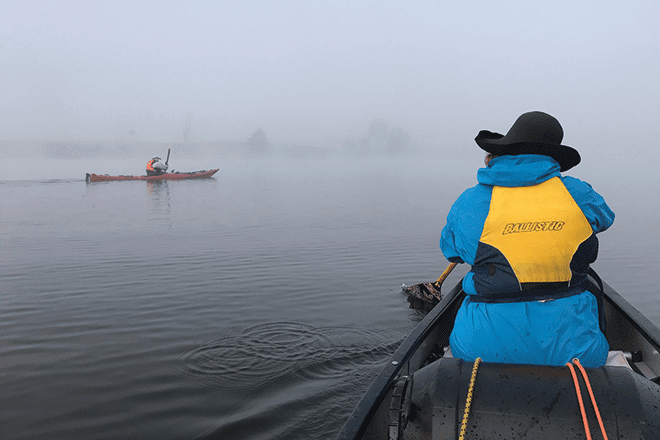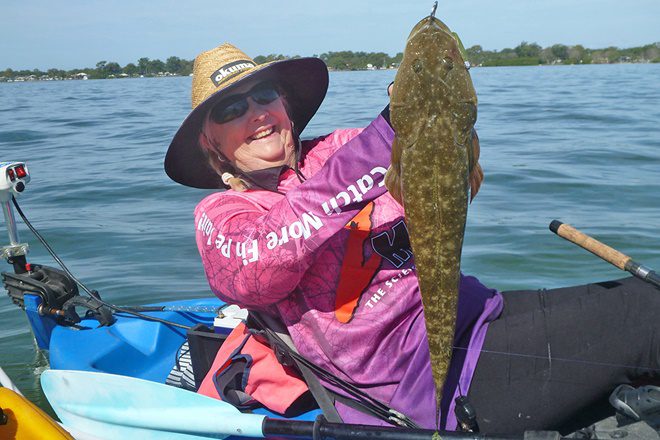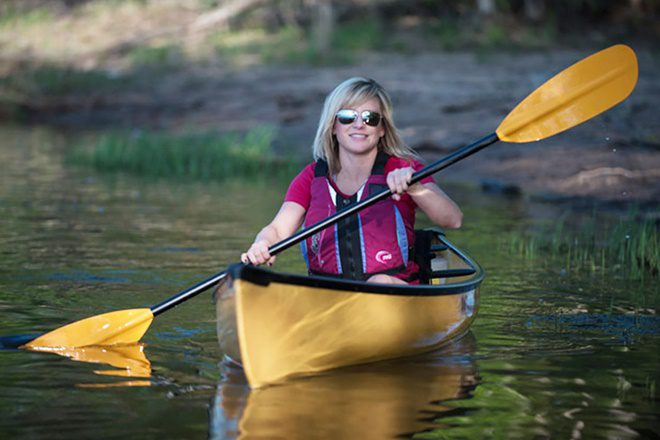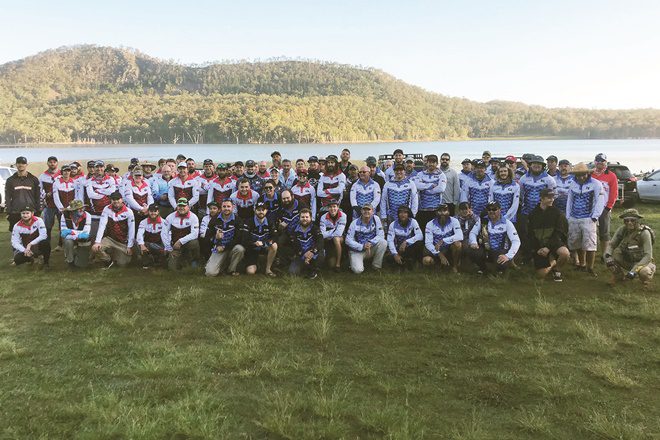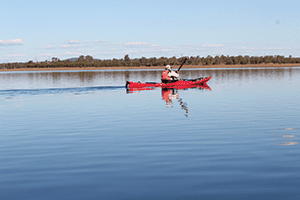
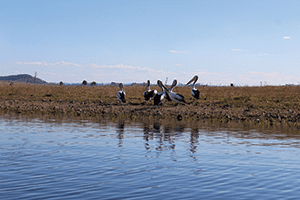
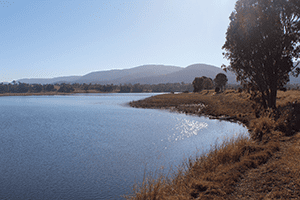
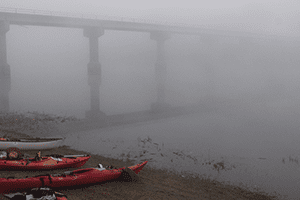
AN annual event run by a group I’m a member of within the Scout Association is a trip down Wivenhoe Dam from O’Sheas Crossing to Logans Inlet.
The length of the paddle (40km) is definitely a challenge but is achievable for anyone with reasonable paddle skills and levels of fitness. It was certainly one that my partner and I were keen to undertake. So we found ourselves braving the cold at 5am one Saturday morning, waiting for the car shuttle up to the launch point at O’Sheas Crossing.
It is often at this point of an early morning paddle that you find yourself questioning your sanity. I mean, who in their right mind gets out of a warm bed before 5 in the morning to traipse around in the cold darkness like gorillas in the mist to go paddling? We do!
O’Sheas Crossing is a delightful spot to go paddling and despite a bit of carry to get the boats to the water, a really easy place to launch from. Usually quite a picturesque location, there was not much to see at 7am on this cold misty morning. The effect as we set off downriver was eerie but definitely beautiful and as the mist slowly cleared it revealed stately grey gums backlit by the rising sun.
From O’Sheas, the Brisbane River heads southwest for about 3km before meeting the Stanley River at the headwaters of Lake Wivenhoe. From here it winds slowly southwards for another 8km before entering the dam proper. The riverbanks are lined with grey gums and backed by rolling hills and escarpments before gradually flattening out into the pastural land that dominates most of the surrounding countryside on the upper reaches.
It was here we took our first break, having covered just over 11km in two hours of paddling. It was time for a warm cup of tea and to shed a layer of clothing. Our plan for this paddle was to break it down into four legs of about two hours each. This makes for more relaxed paddling and ensures you have time to enjoy the scenery and take in the experience.
Our next two legs took us down through the channels between the large islands near Esk, lunching opposite the town pumping station. The backdrop to this section features the hills surrounding Esk to your right and those of Crossdale and bordering Sandy Creek to your left. Though we didn’t venture into it this trip, the gorges inside Sandy Creek are worth a sperate trip to explore.
Unless you are familiar with this area, it’s a good idea to bring a map and compass for this section as the lake winds in and around numerous islands and large bays. It’s easy to get lost and find yourself headed up a dead end. By the end of our third section we found ourselves at the mouth of Hamon Cove.
This is one of the gazetted launch sites for Lake Wivenhoe and a good set-off point for paddlers wanting shorter day paddles on the upper sections of the lake.
This section of the lake is a bird watcher’s dream come true. We observed literally thousands of swans, ducks, eagles, waterfowl, egrets, cormorants and pelicans.
Our passage along the lake was frequently accompanied by the thunder of thousands of wing beats as a large flock of waterbirds took to the air as we approached. I have no doubt about the importance of this lake as a wetland habitat for local birdlife. We were fortunate enough to see some quite spectacular sights on this portion of the trip, including a family of swans with cygnets in tow and an absolutely massive wedge-tailed eagle enjoying its lunch on the lakeside.
The last section of our paddle was an easy 8km run home from Hamon Cove down to Logans Inlet, passing by Pelican Island. This is a nesting colony for local pelicans and is usually covered with thousands of its namesakes vying for nesting space. The lake starts to widen out at this point and can be quite wind affected.
It’s a good idea to keep close to shore if the wind picks up. We were fortunate to have a clear and quite still day, so were able to hop from point to point for a very quick trip home. We arrived back just before 4pm, an overall duration of nine hours, with 7.5 hours of actual paddling. A pretty respectable effort, averaging 5.5km/h!
It is worth noting the group involved were all experienced paddlers and able to maintain a steady paddling rate all day. It is a more reasonable expectation for a group to be achieving an average of 4.5km/h for a trip of this duration, particularly if unforeseen circumstances arise, such as excessive wind or rain. As with any extended journey in the outdoors, it is important to be adequately prepared.
All the boats on our trip carried a first-aid kit, dry clothing and adequate water. We also had enough food for a day of moderate exercise and means of calling for help in case of an emergency. The paddling craft selected by each member was suited for extended trips and had been paddled previously by the individual. My partner and I use a 15’ canoe for its ease of paddling and comfort.
We find it easy to change seated position in this craft during an extended trip, which avoids the numbness often associated with a long day in the seat of a kayak. Members of the group who chose kayaks certainly were a lot stiffer at the end than we were; something canoe paddlers are always happy to point out. In summary, it was a long day on the water but absolutely worth it!
We saw amazing scenery and a wide array of wildlife. The lake is clean and clear and a real pleasure to paddle on, with many easy places to stop along the way for a cuppa and a sandwich, and for the most part the voyage is sheltered from the wind. The only part we found strange was no one else was out there!
It would seem Wivenhoe is a very well-kept secret…
For more information about this paddling trip or others in the local area, please give me a call at One Tree Canoe Company on 0424 001 646 or visit onetreecanoe.com
Happy paddling!
 Bush ‘n Beach Fishing Magazine Location reports & tips for fishing, boating, camping, kayaking, 4WDing in Queensland and Northern NSW
Bush ‘n Beach Fishing Magazine Location reports & tips for fishing, boating, camping, kayaking, 4WDing in Queensland and Northern NSW

